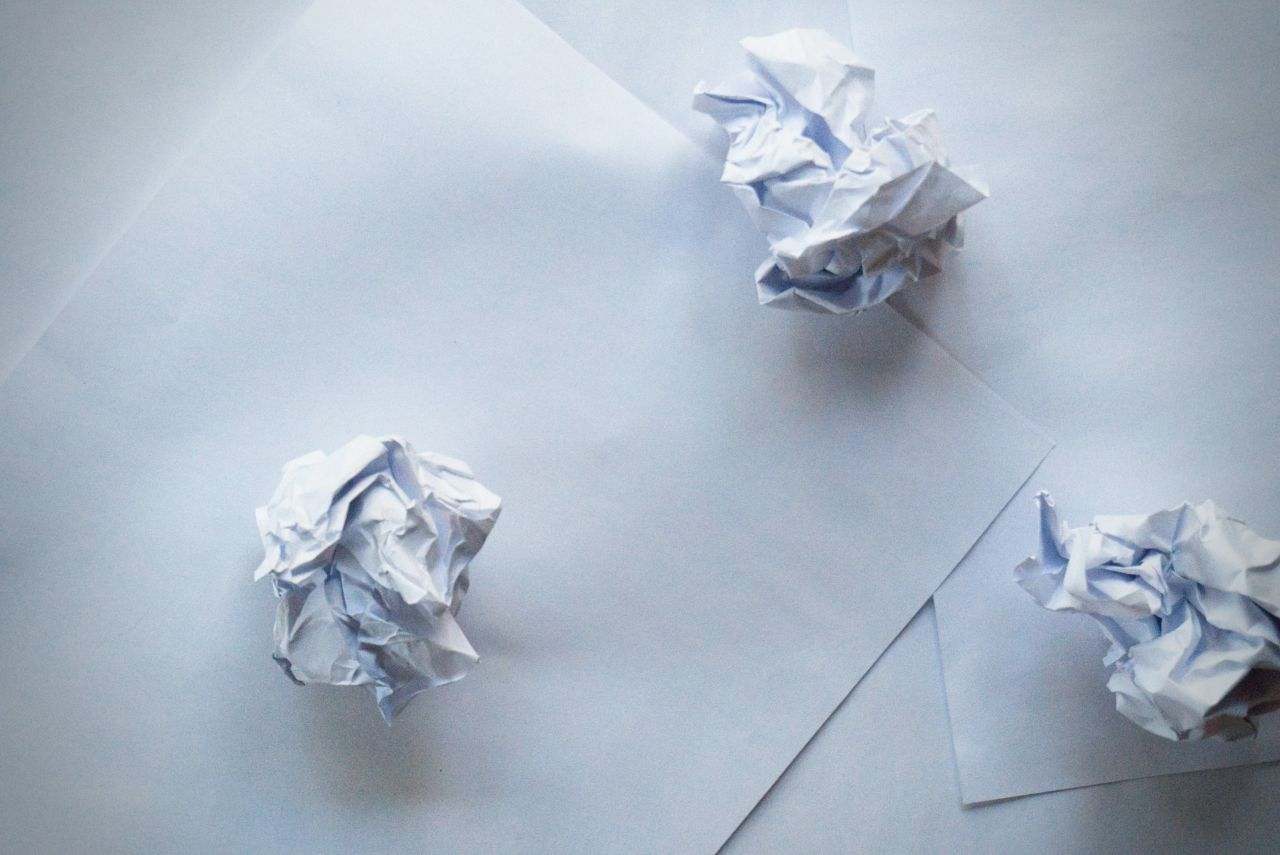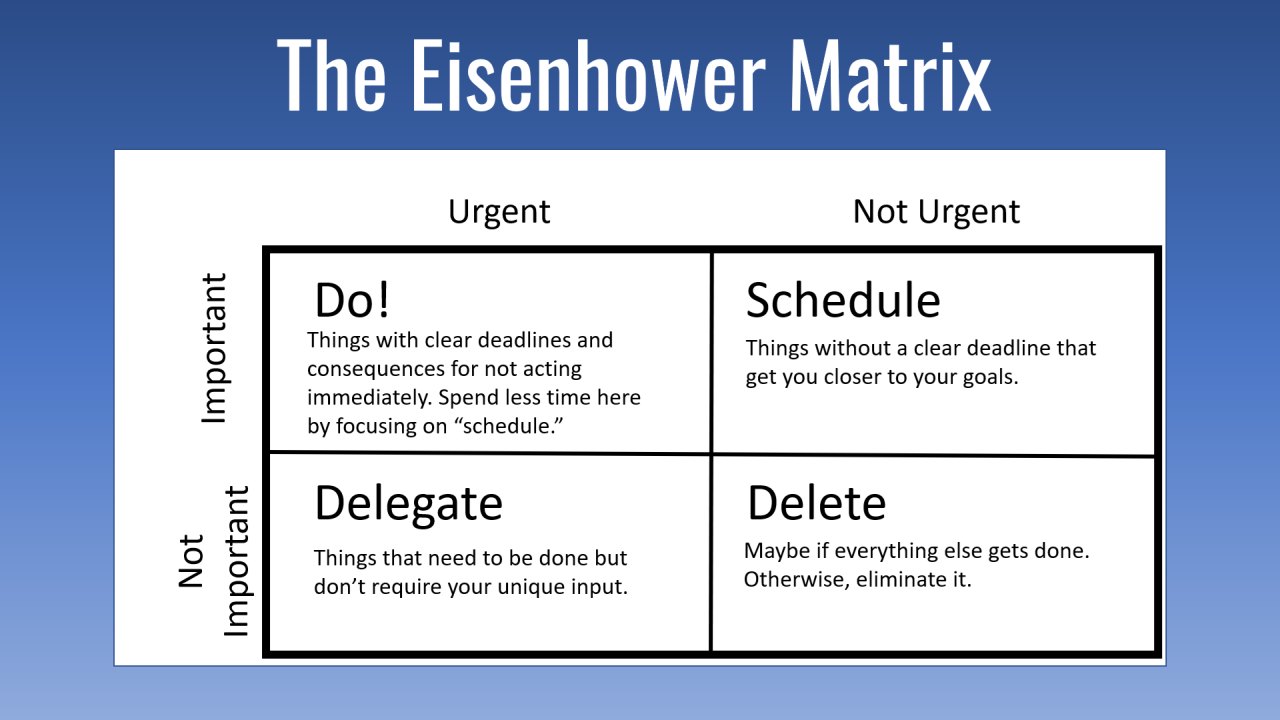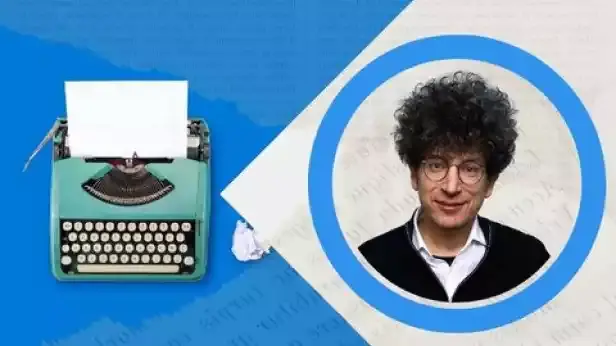How to shrink an ever-growing to-do list.

Photo by Richard Dykes on Unsplash
I live with ADHD. Lists aren't just a convenience; they are a necessity. Every day, though, if someone asks me, "What do you plan to do today?" my response has been "What difference does it make?" I have a severely disabled daughter with a very rare chromosome disorder. It's routine to have no routine possible, because everything is about responding to whatever her current crisis happens to be. It takes me two hours to do a half-hour's worth of work, since I have so many unavoidable interruptions. But if I don't use lists, I will completely lose track of things that matter to me. Some of them I will never get around to, but the lists give me at least a fighting chance.
The following routine is much easier for me to follow that to explain. It sounds complicated, but it's actually simple, and it balances making sure I don't simply forget something that matters to me with making sure I'm not overwhelmed on a given day.
1. For me: make these lists electronic instead of on paper.
I prefer the feel of "on paper." It's satisfying to write by hand, and there's all that research about the connection between hand and brain. But I lose paper. For whatever reason, I don't lose my phone. So I keep lists on my phone.
2. Use Evernote or OneNote, whatever is most convenient.
Both of these work well on both computer and mobile devices, but they work differently. Personally, I get along better with Evernote, and since I have so much material in there and I'm so familiar with it, I'll keep using it, though in a lot of ways OneNote is more versatile. Whatever. The key is to use it, so pick something you'll stick with. It should be easy to add to, and easy to move bits and pieces around, because ultimately you will not have just one list.
3. Use Say&Go.
I get ideas while I'm driving. I spent $1.99 to get Say&Go, an app for iPhone. At the tap of a button, it will record seven seconds of audio (you can change the default length of recording) and store it to the location of your choice (I use Evernote). With one more tap, I can extend the length of the recording to 30 seconds. Seven seconds does it most of the time. Without something like this, all I can remember when I get home is that I had an idea.
There's bound to be something like this for Android, but I don't know what it is.
4. Transcribe from Say&Go to Evernote.
Say&Go puts an audio file into the file location. Every so often I take the time to transcribe those audio notes or otherwise convert them to text. Then I add the note to the appropriate repository.
5. Use the Eisenhower matrix.

Decide where the task falls on a two-axis grid of important/not important and urgent/not urgent. It's easy to spend your whole day in the quadrant labeled "Delegate" or "Delete." Note that "Important" means "important to YOU." If you consider something important, it should go in "Do!" or "Schedule," even if someone else thinks you should be doing something more important (i.e., something more important to them).
6. On Evernote keep three ongoing lists.
I label these A, B, and C. A are the things most important. B are things I would like to do when I have time. C are things I don't want to forget about but that wouldn't matter that much if I never get around to them. The A list gets moved a few at a time to the Google Calendar (see next item).
7. Use Google calendar to note reminders.
My "do this today" list will get overwhelming if I don't ruthlessly confine it to what I can reasonably get done today. Anything with a specific date but no specific time goes on the calendar for that day. I look at the A list and pick two or three things from that, and put it on my Google calendar as a Reminder, or if it's more complicated as a Task. That becomes my de facto "To Do" list.
Anything that doesn't get checked off will roll over to tomorrow. If my Reminders list gets longer than six items, I move some back to the A list.
8. At the end of the day, add to the reminders whatever you did that hadn't already been noted.
This will do two things. 1) It will give you a feeling of accomplishment when you look over your calendar. 2) If you open up the list from a given day, you can consider the list in the context of the Eisenhower Matrix. If you're spending entire days doing stuff in the "Delegate" or "Delete" quadrants, and those tasks were not put there before the day began, then you're letting other people and other circumstances hijack your days.
If I reach my life expectancy, I only have 882 weeks left. I'm increasingly reluctant to let anyone else hijack them.
9. Go through the lists and move stuff every so often.
As the A list gets pared down, I move some things from B to A. Every six months or so I go through all the lists, moving some items to a different list and deleting items that no longer matter.
10. Every so often, just delete list C.
Buh bye. Then I move stuff from A to B, and more stuff from B to C. Sometimes I don't even remember what something means, in which case it follows the old C down the virtual drain.

No comments.